Which Is Better, Porcelain Or Ceramic Teapot?

AI Overview
Porcelain is a type of ceramic that is fired at a higher temperature, resulting in a more durable, non-porous, and often translucent material. Ceramic teapots are generally made from a broader category of fired clay, can be thicker, heavier, and more porous, and may retain heat longer. The key differences are porcelain's elegance, durability, and flavor neutrality, versus ceramic's sturdier feel and better heat retention.
| Feature | Porcelain Teapot | Ceramic Teapot |
| Material | A subtype of ceramic made from refined clay, often with kaolin. | A broader category of fired clay, which can be thicker and heavier. |
| Durability | Thinner and more delicate, but denser and more durable than some other ceramics. | Thicker and more robust, less prone to cracking from extreme temperatures than some ceramics like earthenware, but generally less dense and more porous. |
| Porosity | Non-porous, so it won't absorb flavors or stains. | Can be more porous, especially if unglazed, and may absorb flavors over time. |
| Heat Retention | Maintains temperature well, but not as long as thicker ceramic teapots. | Retains heat longer due to its thicker walls. |
| Appearance | Lighter in color, often translucent, and can be very delicate and elegant. | Heavier, more opaque, and often has a more robust, natural feel. |
| Best For | Delicate teas like white and green teas; situations where a pure, untainted flavor is desired, as it is flavor-neutral. | A wide range of teas, especially those that benefit from longer steeping times at consistent temperatures; situations where durability is a priority. |
Key takeaway
- Choose porcelain if you prioritize a clean flavor, delicate aesthetic, and don't mind a slightly less robust build.
- Choose ceramic if you need a teapot that can withstand more frequent use and retains heat longer, especially for heartier teas like black or pu-erh.

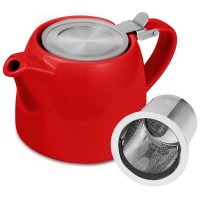
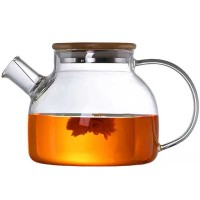
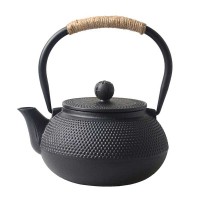
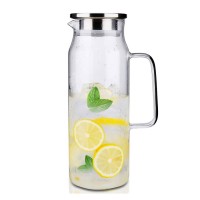
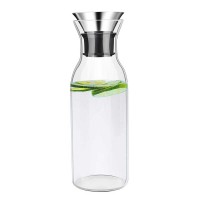
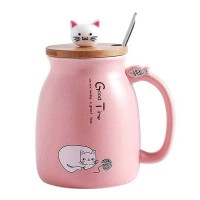
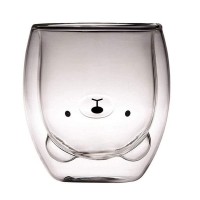
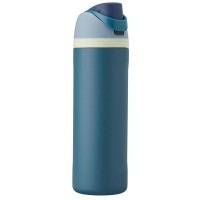

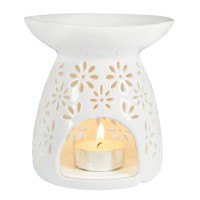
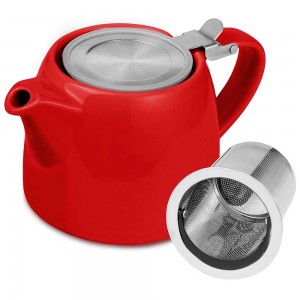


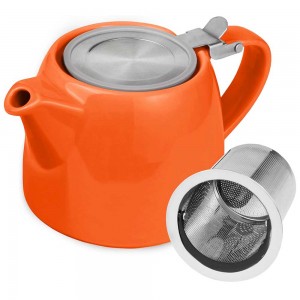
Leave a Comment